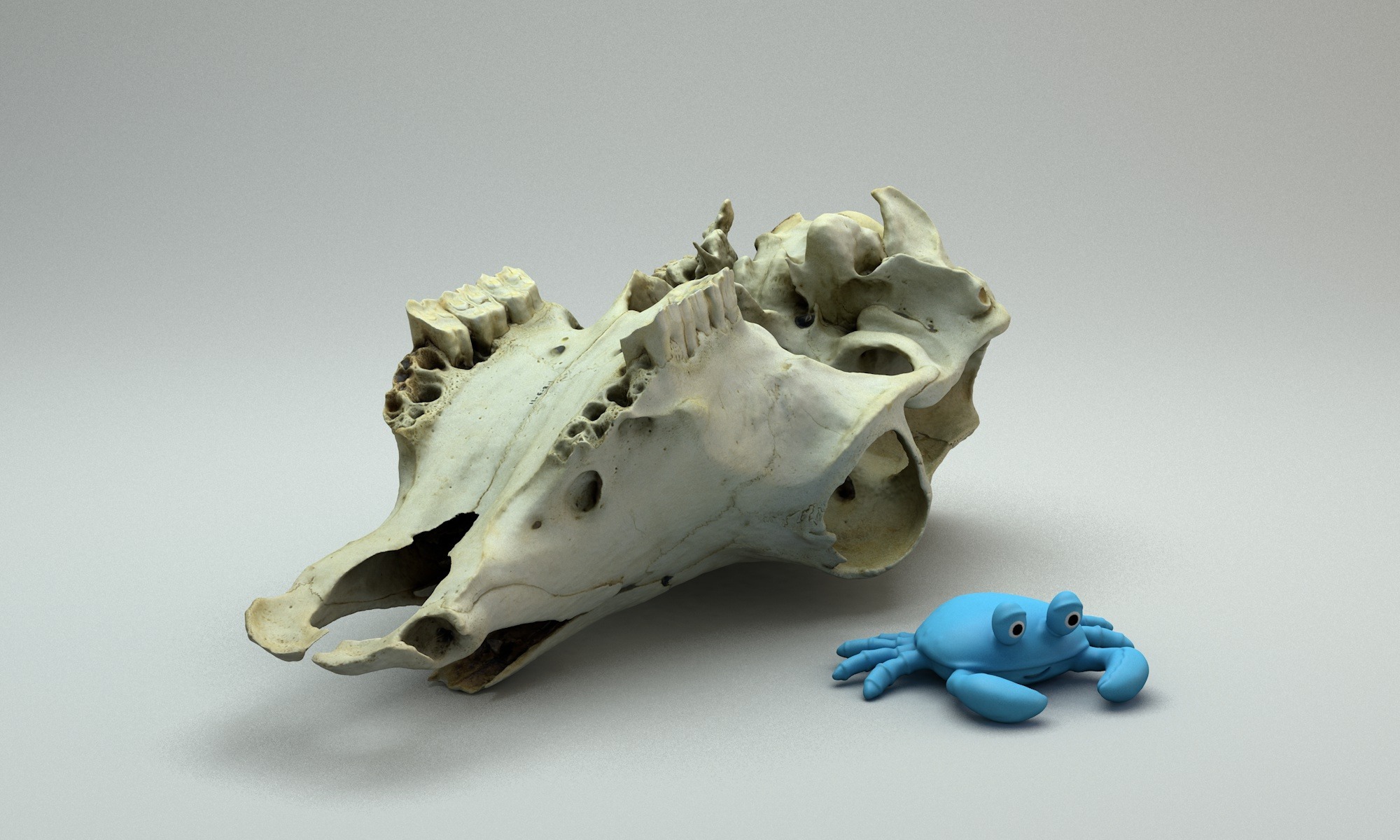Stereoskopische Anamorphose
Hinweis zur Betrachtung
Um den besonderen Effekt dieser dreidimensionalen Ansicht von Neuschwanstein hervorzurufen, legt man das Bild zunächst waagerecht vor sich. Man hält den Rotfilter der Farbbrille vor das linke und den Grünfilter vor das rechte Auge und betrachtet das Bild aus einem schrägen Blickwinkel von ca. 45°. Es wird richtig gesehen, wenn die Darstellung sich aufrecht und gerade aus der Bildfläche erhebt. Der höchste — achteckige — Turm erscheint dann etwa 11 cm groß.
Continue reading “Neuschwanstein – 3D”
